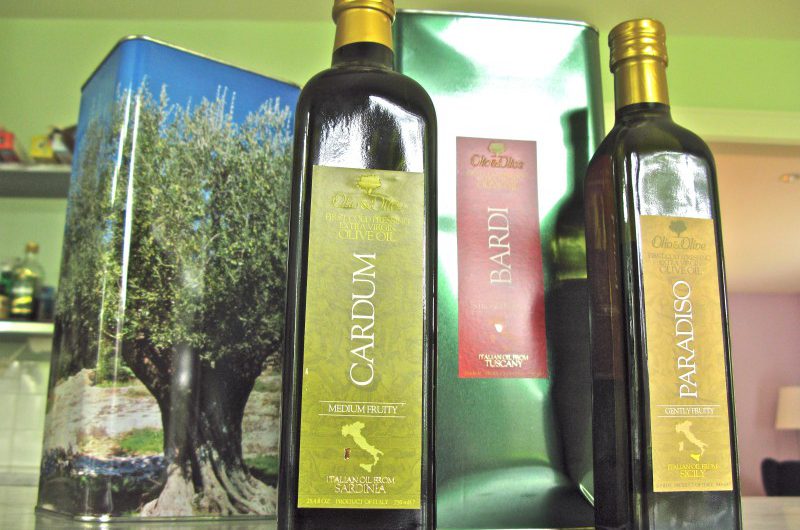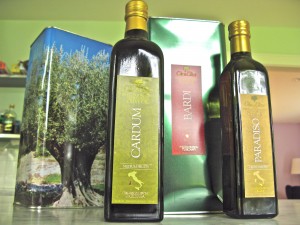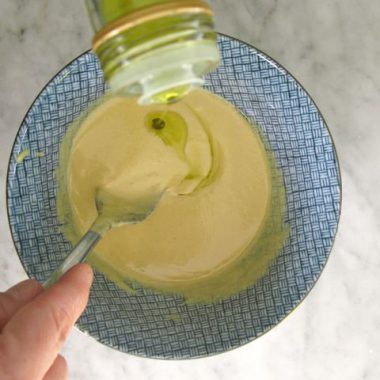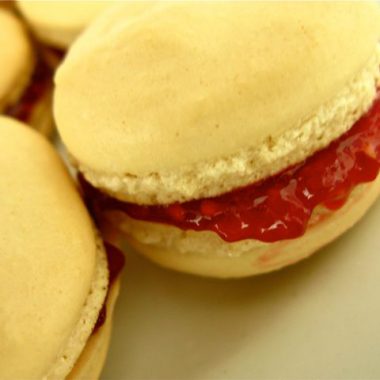The Chemistry of Olive Oil
Why Olive Oil is so Good?
Although the healthy properties of olive oil were prized by ancient societies and were considered to account for longevity, there was no knowledge of the chemistry behind these beliefs. Its success in the past was also due to its lower proportion of polyunsaturated fatty acids, giving olive oil a longer shelf life than any other oil. Plus, it contains small amounts of polyphenols and of Vitamin E and K, antioxidants that act as natural preservatives. The monounsaturated oleic acid is the major fatty acid of olive oil. Although oleic acid is found in other oils, olive oil contains a larger proportion of monounsaturated fatty acid than any other oil. There is now convincing evidence that a diet with a high proportion of saturated fat can contribute to the development of heart disease. The incidence of heart disease is lower in the Mediterranean region where a lot of olive oil is consumed.
Why Olive Oil is Better?
FACTS The relationship between heart disease and fatty acids also involves another factor: the ratio of high-density lipoprotein (HDL) to low-density lipoprotein (LDL), the ratio of what we commonly call “bad” and “good” cholesterol. It is the ratio of HDL to LDL, as well as the total cholesterol level, that is important in determining the risk of heart disease. Although polyunsaturated triglycerides have the positive effect of reducing serum cholesterol levels, they also lower the HDL:LDL ratio, a negative effect. Monounsaturated triglycerides like olive oil while not reducing serum cholesterol levels, increase the HDL:LDL ratio, a positive effect. The so-called tropical oils – coconut, palm, and palm kernel – which have high proportion of of these fatty acids, are particularly suspect in heart disease because they increase both serum cholesterol and LDL levels. (read more)



